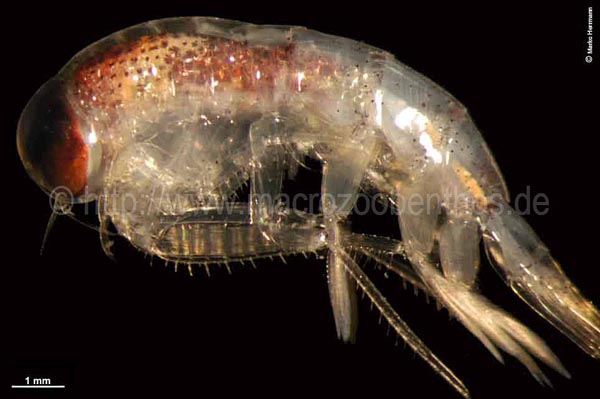Students at the Pribilof Island Seabird Camps will be helping researchers catch Least Auklets to collect food samples this summer. Least auklets eat zooplankton (small animals that drift in the ocean). 
HOW DO WE COLLECT DIET SAMPLES: Least auklets have a special pouch under their tongue that they use to carry hundreds of zooplankton back to their single chick at the colony.
Auklets are super social seabirds, breeding in large colonies in rock talus slopes. Birds hang-out on the rocks, making them easy to catch with noose “carpets” (a concentration of many nooses) attached to the rocks. Birds walk over the carpet and their legs get caught in a noose. Carefully watching researchers quickly release the bird.
The zooplankton are often spit up during capture (and can be gathered from the rocks), or the researcher can very gently stroke them out of the bird’s mouth. It’s important to gather all the zooplankton from each meal to be able to calculate how many prey items the chicks are getting fed. The nooses don’t harm the birds, and the birds are quickly released after they are weighed, measured, and banded with a metal leg band that has a unique identification number. No bird is caught more than once, and, because chicks are usually fed more than three meals a day, loosing one meal to biologists does not harm the chick in the long-term.
THEN WHAT: Gathered zooplankton are preserved in alcohol and sent to Dr. Chris Stark, an expert on marine invertebrates at the University of Alaska, Fairbanks. Over the winter months Chris carefully examines each meal. The zooplankton are identified and counted using a microscope, and the results are sent to the Alaska Maritime National Wildlife Refuge.
WHY COLLECT DIET? Diet data collected over many years can help tell us about changes in the marine environment. Different zooplankton species are associated with different water temperatures and currents, and any change in the local marine environment will therefore be reflected in the diet of species that eat zooplankton, such as the Least Auklet.
The Least Auklet may be a valuable indicator species; the type of organism that scientists can watch to see how the environment is changing. While it is challenging and expensive to examine changes in zooplankton communities at sea, the diet of least auklets provides information about how their food, the invertebrates, are doing.

